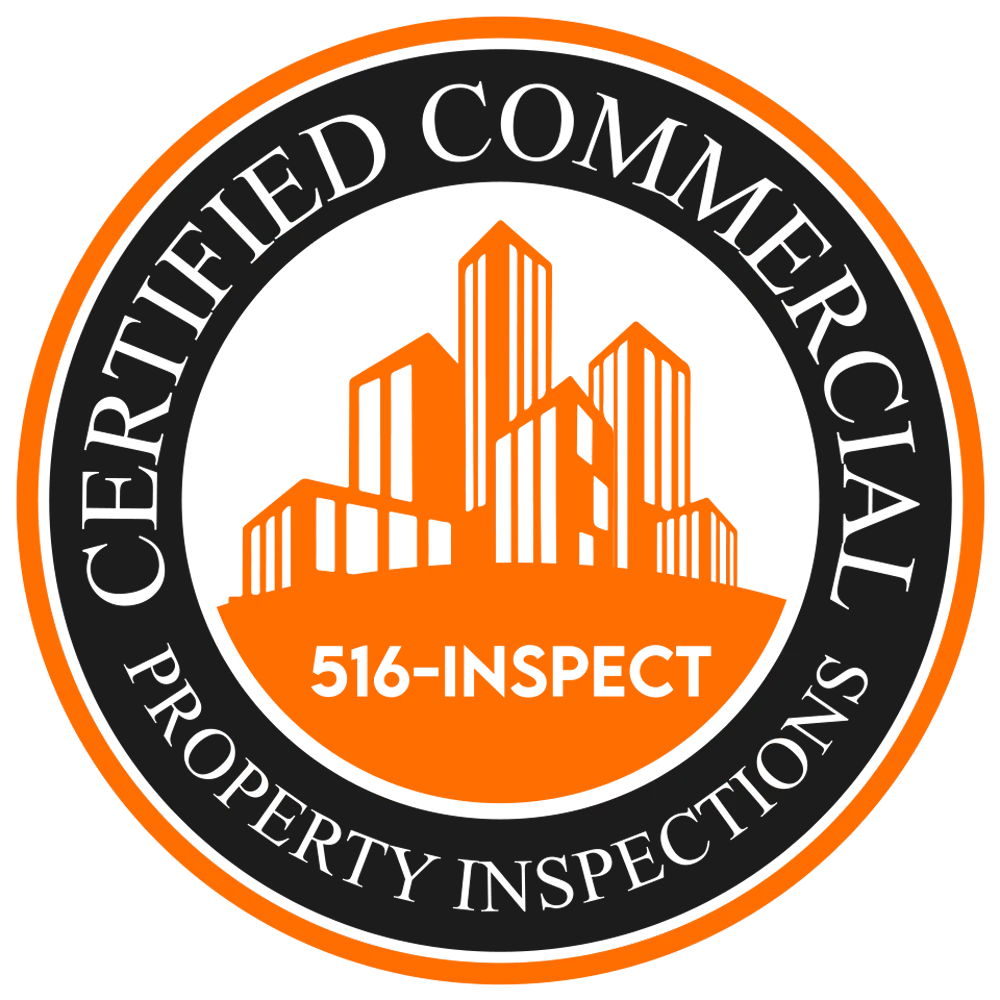
Expert Phase 1 Environmental Site Assessments in New York
A Phase 1 Environmental Site Assessment is a scientific report following ASTM Standards that evaluate the environmental risks and liabilities of a property. It is often referred to as a Phase I ESA or Phase 1 Environmental Site Assessments in New York, and can be part of the real estate due diligence process. To start, a Phase 1 ESA studies the historical and current land uses of a property. Additionally, it documents the likelihood of contamination. Modernly, it considers outside and nearby contamination sources. For instance, an apartment complex today may have been a gas station 90 years ago. The property may still have underground storage tanks and contamination. Updated April 11, 2024.
Standards & Guidelines
Phase I ESA Federal Standards & Guidelines
There are federal guidelines and standards to regulate the quality of Phase 1 Environmental Site Assessment reports. A proper Phase I Environmental Site Assessment can assist with protecting innocent landowners from unforeseeable environmental concerns. For instance, when a Phase 1 ESA report meets all guidelines, it can qualify the landowner for legal liability protection and financial assistance with the cleanup process. For this purpose, the All Appropriate Inquiry (AAI) rule is in place.
Although not all users of a Phase 1 Environmental Assessment may qualify. Aside from the ESA report itself, the users of the reports and owner of a property must also meet specific criteria. Additionally, government agency funding must be available at the time.
American Society for Testing & Materials
ASTM Standards & CERCLA Compliance
The ASTM sets the standards for Phase 1 ESAs, aligning with CERCLA’s Innocent Land Owner defense. Buyers must secure a comprehensive report meeting these standards to qualify for CERCLA liability protection.
Periodic Updates
ASTM Phase 1 ESA guidelines are updated regularly. For instance, the current standard is ASTM E1527-13 (2013), replacing the previous ASTM E1527-05 (2005).
Adaptation to Changing Regulations & Science
Evolving environmental laws and regulatory standards, along with advancements in health science, influence periodic amendments to the ASTM guidelines.
Incorporation of New Technologies
Research, such as on toxic vapor intrusion, led to the inclusion of vapor encroachment assessments in ASTM E1527-13, and ongoing advancements like drone technology and thermal-detection cameras are expected to drive future updates.
User-Specific Standards
In some cases, a Phase 1 ESA report comprises additional components per the user’s request. These are “user-specific standards” that are above and beyond the ASTM standard. They generally aim to qualify Phase I Environmental Assessment reports with an institution’s internal guidelines. For example, the Department of Housing and Urban Development (HUD) and the Small Business Administration each administer internal standards for Phase 1 Environmental Assessment reports. In fact, these additional requirements build on the legal and financial aspects of ASTM and federal standards. Consequently, the Phase I ESA process becomes more comprehensive.
A Phase 1 Environmental Site Assessment report compliant with HUD standards qualifies under the “Multifamily Accelerate Process.” Similarly, Phase I Environmental Site Assessment reports compliant with SBA standards qualify for SBA-504 or 7(a) loans against commercial and industrial real estate.
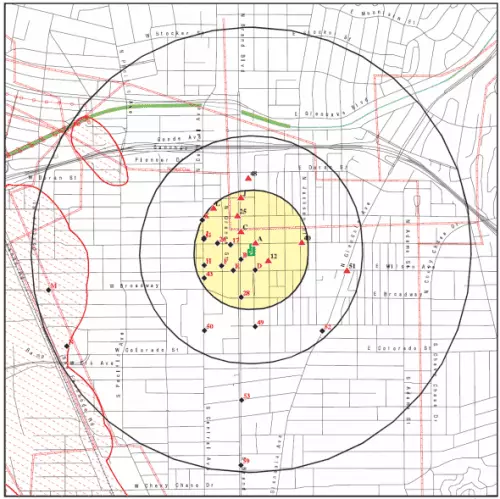
The Phase 1 ESA at Pre-Purchase
A Phase 1 Environmental Site Assessment is a common requirement at the pre-purchase and loan qualification stage of property acquisition. This real estate due diligence report provides buyers and sellers with an assessment concerning any potential environmental conditions that may exist at a site. The ultimate purpose of a Phase I ESA is for the user to document the environmental risk of a property, prior to a transaction and development.
Multiple Report-Users & Legal Reliance
Various stakeholders—including private clients and regulatory agencies—rely on the Phase I ESA report, making it essential to identify all report-users at the start for accurate pricing and legal clarity.
Public Health and Increased Liability
Public health concerns may necessitate local health departments' legal reliance on the report, which in turn increases the environmental professional’s liability as the number of report-users grows.
Complex Reporting Obligations
Due to the intricate nature of obligations regarding reporting or withholding Phase I ESA results, Geo Forward advises consulting both a geologist and legal counsel to navigate these complexities effectively.
What is the Phase I Environmental Assessment Scope of Work?
The Phase I Environmental Site Assessment process extensively taps into multiple sources of information and comprises strategic environmental compliance audits within each pillar. The standard practice is a master guide to strategically identify any environmental compliance violation at a site, whether historical or concurrent. The ASTM standards require each Phase 1 Environmental Site Assessment to have proper certification by registered environmental professionals, such as geologists and engineers. To illustrate the components of a typical Phase 1 ESA, the following items are part of the assessment.
- Job Site Visit or Site Reconnaissance.
- Environmental Compliance Inspections.
- Historical Property Information Compilation.
- In-Person Regulatory Agency File Reviews.
- Database Reports and Government Record Audits.
- Study and Analysis of the Site Geology and Hydrogeology.
- Vapor Intrusion Risk Modeling.
- Researching Environmental Liens and Activity Use Limitations.
- Conclusions and Recommendations by Professional Geologists.
Steps for Phase I ESA
What are the Main Steps within a Phase 1 Environmental Site Assessments in New York?
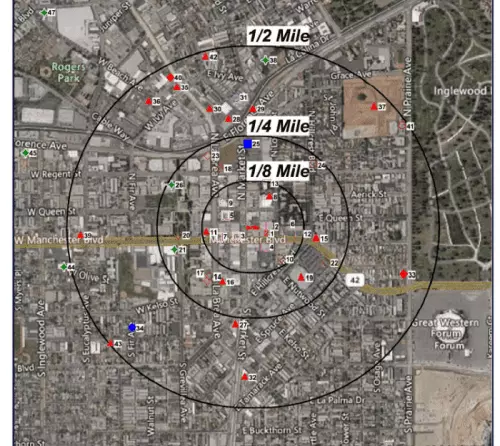
Step 1
Comprehensive Review of an ASTM REC Review Government Database Review Report
The Phase I Environmental Site Assessment process extensively taps into multiple sources of information and comprises strategic environmental compliance audits within each pillar. The standard practice is a master guide to strategically identify any environmental compliance violation at a site, whether historical or concurrent. The ASTM standards require each Phase 1 Environmental Site Assessment to have proper certification by registered environmental professionals, such as geologists and engineers. To illustrate the components of a typical Phase 1 ESA, the following items are part of the assessment.
Step 2
Thorough Review of Historical Aerial Images

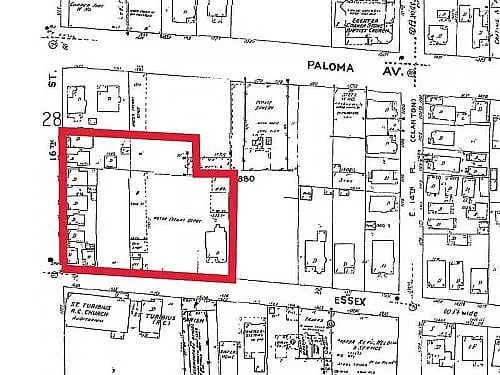
Step 3
Detailed Study of Historical Fire Insurance Maps
Step 4
Reviewing Historical Topographic Maps
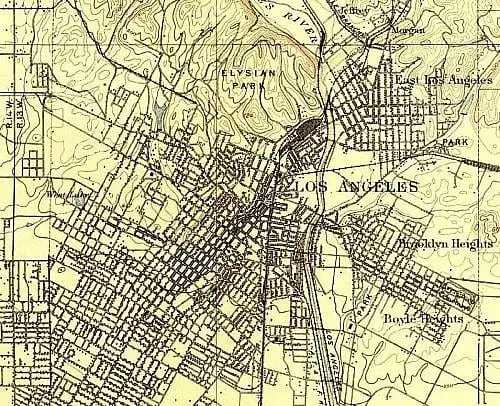

Step 5
Checking City Directories for Critical Past Land Uses
No Further Action in Phase 1 Environmental Site Assessment Reports
Phase 2 ESA Recommendations?
Upon recognizing environmental concerns during a Phase I ESA, recommendations for Phase 2 ESA subsurface testing may be necessary, per the ASTM standards. This continuation of the assessment is referred to as a Phase 2 Environmental Site Assessment, or Phase 2 Subsurface Investigation. The Phase 2 ESA scope of work is a function of the Recognized Environmental Conditions observed at the Subject Site. As a result, the Phase 2 ESA directly investigates whether those conditions are causing subsurface contamination, or not.
What Happens During a Phase 2 ESA?
A Phase 2 ESA is the in-situ subsurface investigation that is necessary by the findings of a Phase 1 Environmental Site Assessment. To illustrate, a Phase 2 ESA typically includes soil, soil gas, and groundwater testing, as well as laboratory analysis. Furthermore, the subsurface investigation can also include geophysical surveys to locate underground storage tanks (USTs) and pipelines. The results of the investigation compare directly against environmental screening levels set by government agencies. Similarly, the use of vapor intrusion investigation tools assists in determining whether occupants of a property are facing health risks, or not.
Other Possible Recommendations in a Phase 1 Environmental Site Assessment
Besides recommending a Phase 2 ESA, there are various environmental conditions that can lead to other types of remedial action and research recommendations. For instance, some Environmental Issues, CRECs, HRECs, and De Minimis Conditions result in the recommendation for additional agency research, geophysical surveys, drainage pipe examinations, vapor barrier installation, and source removal excavation.
Methane Gas Hazards
For example, although methane soil gas is an apparent danger for building occupants, there doesn’t appear to be an ASTM Phase 1 Environmental Assessment standard for it at this time. Most environmental professionals today categorize the presence of methane soil gas as an environmental issue. And recommendations typically defer to following local building department standards for methane soil gas testing and methane mitigation. In most cases, properties within a high methane gas zone or landfill area are likely to include recommendations for methane testing.
Underground Storage Tank Removal
If subsurface anomalies, such as underground storage tanks (USTs), leaking septic systems, or automobile lift systems exist, there may also be a recommendation for removal under the guidance of a soil management plan. For instance, underground storage tank excavation and hydraulic lift removal processes are necessary to ensure the lack of further contamination at a site. The longer leaking USTs and hydraulic lift hoists remain underground, the higher the risk for subsurface contamination is. Common contaminants of concern are volatile organic compounds (VOCs), polychlorinated biphenyls (PCBs), and petroleum hydrocarbons (TPH).
Recommendations for Indoor Air Quality Testing
Another potential recommendation of a Phase 1 ESA is Indoor Air Quality Testing. This process entails sampling indoor ambient air and screening for toxins. Common contaminants of concern are VOCs and gasoline range petroleum hydrocarbons (TPH). The objective is to determine the level of human health risk on-site, and accordingly prepare a mitigation plan and remedial action plan. However, a Phase 2 Subsurface Investigation and other drilling events are likely to occur simultaneously. This is to determine the lateral and vertical extent of the contamination before remediation.
Limited ESAs
In some cases, a Phase I Environmental Site Assessment report isn’t necessary to begin with. Alternatively, some lending institutions, such as the SBA, can initiate limited due diligence in the form of basic investigations. A limited environmental site assessment (such as a desktop environmental report or a transaction screen assessment) can serve as a preliminary tool to evaluate risk. Basing on the findings of these reports, there may or may not be a recommendation to follow through with a Phase 1 Environmental Assessment.
Suspicious Low-Cost Phase 1 ESAs
A low-cost Phase 1 Environmental Site Assessment is typically below the required standard. Usually, a low-cost Phase 1 ESA contains major errors and omissions. Errors on a critical assessment like this can result in expensive legal and regulatory agency fees. Moreover, there may be a requirement to clean up any contamination that is unforeseeable by the faulty Phase 1 Investigation ESA. Consumers should be aware of fair industry pricing of Phase I Environmental Site Assessment reports.
Case Example (The Year 2018, Los Angeles, CA): Company A is commissioned to conduct an environmental review on a property. Company B prepared a low-cost Phase I Environmental Assessment report on the same property two years before. During the review, Company A found significant errors and omissions. The low-cost report by Company B missed that there had been a gasoline station and underground storage tanks on the property for over a decade. Consequently, the low-cost Phase 1 Environmental Assessment report by Company B was disqualified under the Innocent Landowner Liability Protection Policy. The owner of the property is faced with high legal costs and cleanup responsibilities.

Environmental Questionnaire
Initially, in the due diligence period, lenders may require an environmental questionnaire. This typically applies to sales transactions or financing of a commercial property, prior to ordering a Phase 1 Environmental Assessment. The information within an environmental questionnaire is valuable to the Phase 1 Environmental Site Assessment process. In fact, when available, the questionnaire becomes part of the report and qualifies as considerable data for conclusions and recommendations. Technically, it falls under the “interviews” category of the assessment.
The form intends to provide facts about the property, under a legal certification of good faith. Under this presumption, a basic level of environmental risk can be evaluated and applied as a tool to enhance the accuracy of the Phase I Environmental Site Assessment report. However, a Phase 1 Environmental Site Assessment report does not solely rely on this information.
User Data Request Form
In some cases, a User Data Request Form will be required with a Phase 1 Environmental Site Assessment. The User Data Request Form inquires about the report user’s knowledge of environmental cleanup liens, if any. This form assists in satisfying the Brownfields Act for Innocent Landowner Liability Protection. Consequently, the parameters of the form also meet the “All Appropriate Inquiry” rule for a Phase I ESA. Additionally, the form inquires about any activity or land use limitations, the purchase price to fair market value, and other special information.
Reliance Letters
A Phase 1 Environmental Assessment reliance letter is a legal document that allows professional geologists to authorize other parties to use and rely on the report. These letters typically apply to Lenders and the SBA, and serve as an extension of liability. Thus, an additional cost usually applies. The Phase I ESA reliance letter is not an update or modification to the original Phase 1 Environmental Site Assessment report. As a result, a reliance letter implies no warranty that the condition of the property is the same as it was on the date of the Phase 1 ESA. A Phase 1 Environmental Site Assessment reliance letter can cost approximately $250 to $600.
How Long Does a Phase I Environmental Assessment Take?
A Phase I Environmental Site Assessment typically takes about 12 to 14 business days to complete. This is the standard turnaround timeframe and strongly relies on the response rates of local government agencies for records review purposes. Rush turnaround options are available for Phase 1 ESA reports, although the quality of the overall report is likely to be lower. To illustrate, local agencies holding underground storage tank (UST) removal records typically release files within a 10 to 12-business-day timeframe. So if a rush Phase 1 ESA is due in 5 business days, it will be missing the important documentation about whether a proper UST abandonment has taken place on-site, or not. Without these files, the Phase 1 Environmental Report will have a data gap, resulting in less reliable concussions and recommendations.
What is the Difference Between a Phase I and Phase II Environmental Site Assessment?
The difference between a Phase I and Phase II Environmental Site Assessment is large. A Phase 1 ESA is the first step of identifying potential environmental concerns, from a visual and non-visual standpoint. Any outliers or potentials for concern are accordingly reported. There is no direct sampling or testing of samples, within the Phase 1 ESA process. On the other hand, a Phase II Environmental Site Assessment uses geological drilling and sampling equipment to directly sample and test subsurface materials for contamination. The Phase 2 ESA scope of work builds off of the Phase I ESA findings, conclusions, and recommendations.
Get In Touch
Professional Consultation for Phase 1 Environmental Site Assessments in New York
Geo Forward is a leading provider of Phase 1 Environmental Site Assessments in New York reports for nationwide lenders, developers, and institutions. Reporting formats are variable and comprise executive summaries for fast and easy results. Standard and rush turnaround times are available. However, for better results, environmental professionals recommend a standard turnaround time. For more information about Phase I Environmental Site Assessment reports, call (888) 930-6604 to speak with a professional geologist. There is also the option to set up a consultation via the Geo Forward Pre-Consultation Questionnaire. The process is mobile-friendly, fast, and easy. Project information is NOT shared or sold.
